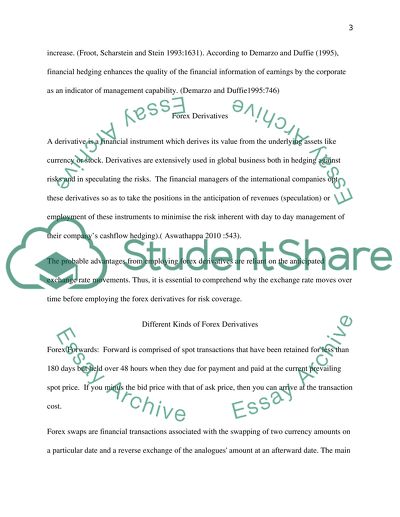Cite this document
(“Why might firms with exposure to foreign markets use foreign currency Coursework”, n.d.)
Retrieved from https://studentshare.org/finance-accounting/1412683-why-might-firms-with-exposure-to-foreign-markets
Retrieved from https://studentshare.org/finance-accounting/1412683-why-might-firms-with-exposure-to-foreign-markets
(Why Might Firms With Exposure to Foreign Markets Use Foreign Currency Coursework)
https://studentshare.org/finance-accounting/1412683-why-might-firms-with-exposure-to-foreign-markets.
https://studentshare.org/finance-accounting/1412683-why-might-firms-with-exposure-to-foreign-markets.
“Why Might Firms With Exposure to Foreign Markets Use Foreign Currency Coursework”, n.d. https://studentshare.org/finance-accounting/1412683-why-might-firms-with-exposure-to-foreign-markets.


